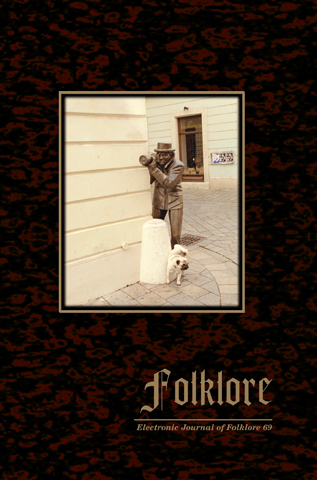Representation of the Snowden Scandal in the Estonian Media: The Construction of Threats and Fear
Representation of the Snowden Scandal in the Estonian Media: The Construction of Threats and Fear
Author(s): Mari-Liis MadissonSubject(s): Customs / Folklore, Cultural Anthropology / Ethnology, Culture and social structure
Published by: Eesti Kirjandusmuuseum
Keywords: conspiracy theory; e-Estonia; identity creation; PRISM; semiotics of fear; technological determinism;
Summary/Abstract: The aim of this paper is to explicate how the leakages concerning details of the top-secret mass surveillance program PRISM launched by the United States government were contextualized in the Estonian public information space. The Snowden scandal received strong public feedback because this topic addressed even people who had normally kept their distance from politics. It touched the cornerstone of contemporary identities – the right for free Internet. The Internet is frequently associated with the freedom of expression, horizontal relations between citizens and state authorities, transparent governing, etc., and those characteristics are often interpreted as signs of the progressive and democratic nature of the medium. This study tries to explain how such positive connotations start to resonate with cultural fears of unregulated surveillance and non-transparent control.
Journal: Folklore: Electronic Journal of Folklore
- Issue Year: 2017
- Issue No: 69
- Page Range: 145-168
- Page Count: 24
- Language: English

